Anaheim’s ‘Little Arabia’ neighborhood is finally official
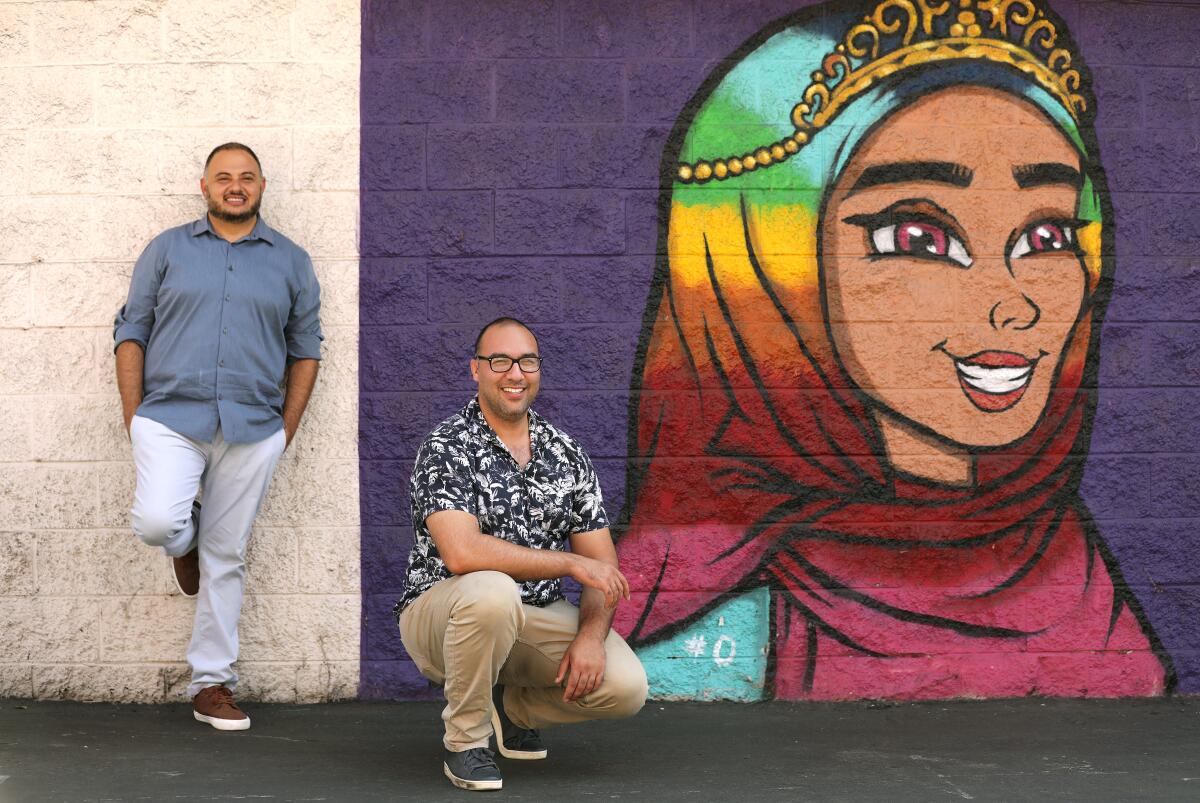
Asem Abusir drizzled the crunchy pastry and cheese with simple syrup, then sprinkled crushed pistachios on top.
He served it to three customers who had driven from Los Angeles to his cafe in Anaheim — called Knafeh Cafe after its signature dish from Abusir’s hometown of Nablus on the West Bank — just to eat it.
After decades of advocacy from Arab American business owners and activists, the Anaheim City Council on Tuesday recognized a mile-long stretch of Brookhurst Street, which includes Knafeh Cafe, as “Little Arabia.”
Abusir, who left his job as a computer engineer to open the cafe in 2013, is hopeful that the Little Arabia name will bring more customers and promote cultural exchange.
“Now, with the recognition, more people will find out that Little Arabia exists,” Abusir said. “The future is going to bring the whole community — not just Middle Easterners — together. It’s going to allow for the sharing of the culture of our people.”
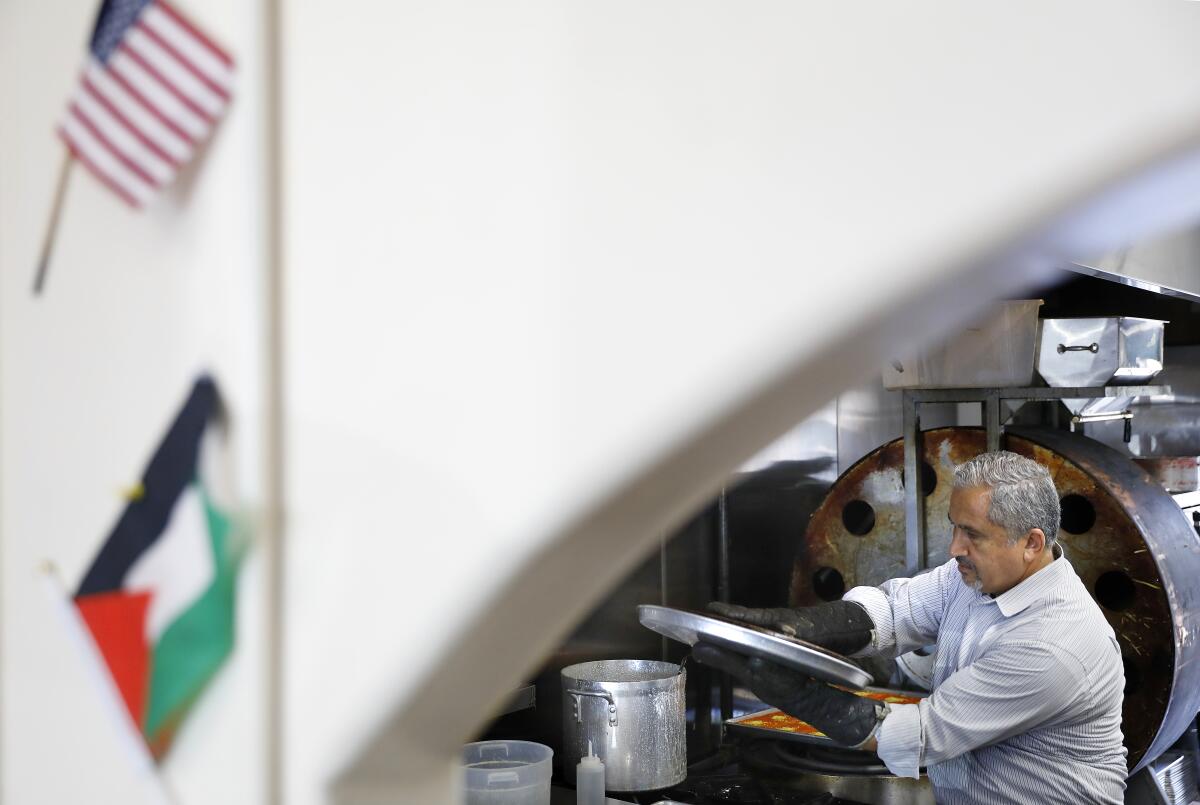
Arab American merchants first began populating the area in the 1980s, when it was popularly known as the Gaza Strip — a riff on the nearby Garza Island neighborhoods.
During that time, property owner Ahmad Alam encouraged Arab American residents and merchants to live and work in the area, which he called “Arab Town,” through advertisements in The Arab World Newspaper.
Brookhurst Street, which had been home to many seedy storefronts, gradually transformed.
In the last decade or so, younger Arab Americans have raised Little Arabia’s profile on social media through photos of falafels, shawarma and lamb shanks.
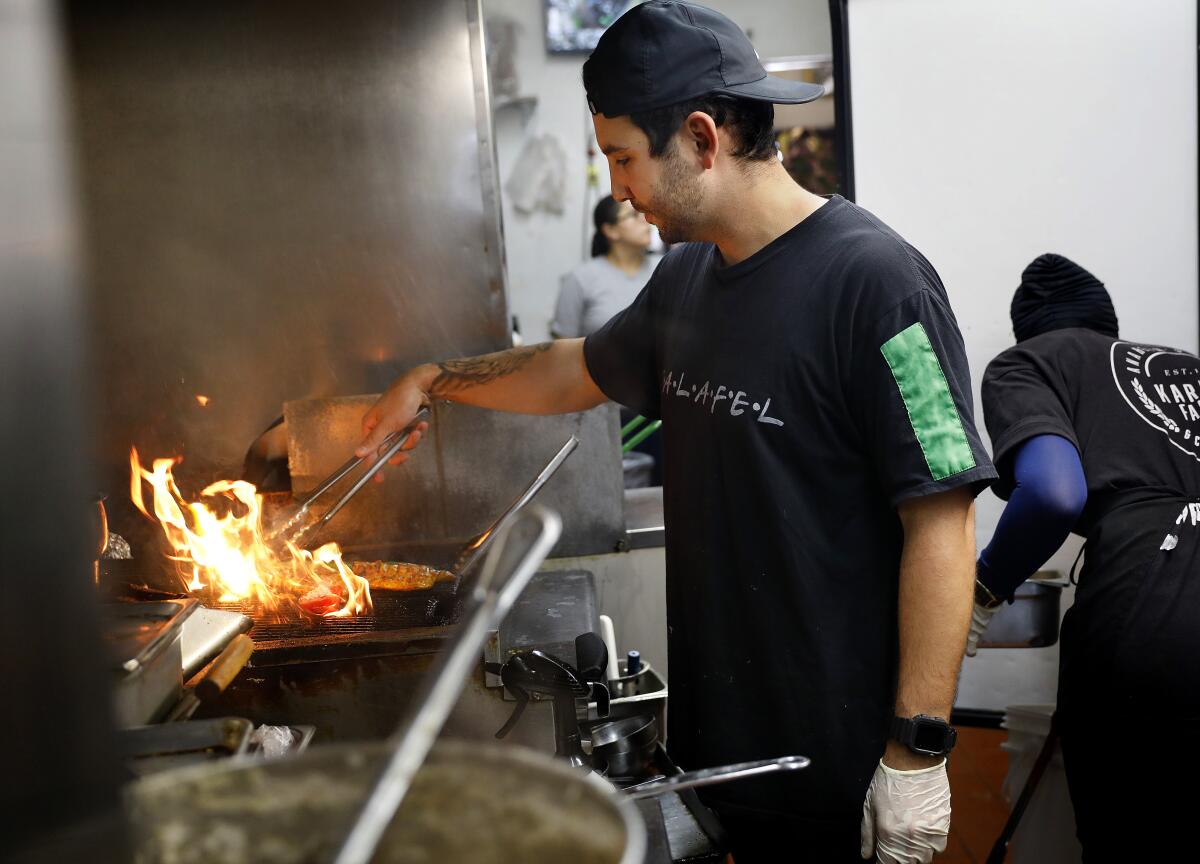
The majority-Latino city does not have a large Arab American population. Community activist Rida Hamida was among those who worked to introduce non-Arabs to the food and culture, spearheading taste tours of Little Arabia.
During the pandemic, businesses on Brookhurst struggled at first, but many have bounced back.
Rashad Al-Dabbagh, a Palestinian Armenian immigrant from Saudi Arabia, moved to Anaheim partly to be closer to Little Arabia.
“It was my home away from home,” said Al-Dabbagh, 41, founder and executive director of the Arab American Civic Council, which pushed for the Little Arabia designation. “As an immigrant, you come to this country, and if you don’t have a community, this is where it’s at.”
Ramadan usually brings nightly iftar buffets and large catering orders to restaurants in Little Arabia. But this year, amid social-distancing orders, restaurant owners can’t count on these sales to keep their businesses afloat.
Through more than two decades, the Little Arabia name had never come before the City Council. Some previous mayors had argued that Anaheim was too diverse for a section of it to be named after one ethnic group.
A poll conducted in 2021 by the U.S. Immigration Policy Center at UC San Diego in collaboration with the Arab American Civic Council found that 58% of registered Anaheim voters supported designating Little Arabia.
In May, Mayor Harry Sidhu, who opposed the designation, resigned amid a federal corruption probe.
Council members ended Sidhu’s rule that required support from two other colleagues to get an item onto meeting agendas.
Many proposals, including Little Arabia and a study of the Brookhurst Street corridor, soon came before the council.
At Tuesday’s council meeting, Jodie Mosley was one of the few residents who spoke against the Little Arabia designation.
“If you designate another [cultural] community, you will discriminate against the others,” she said. “I believe in diversity. If it’s not inclusive to all cultures, isn’t that the opposite of diversity?”
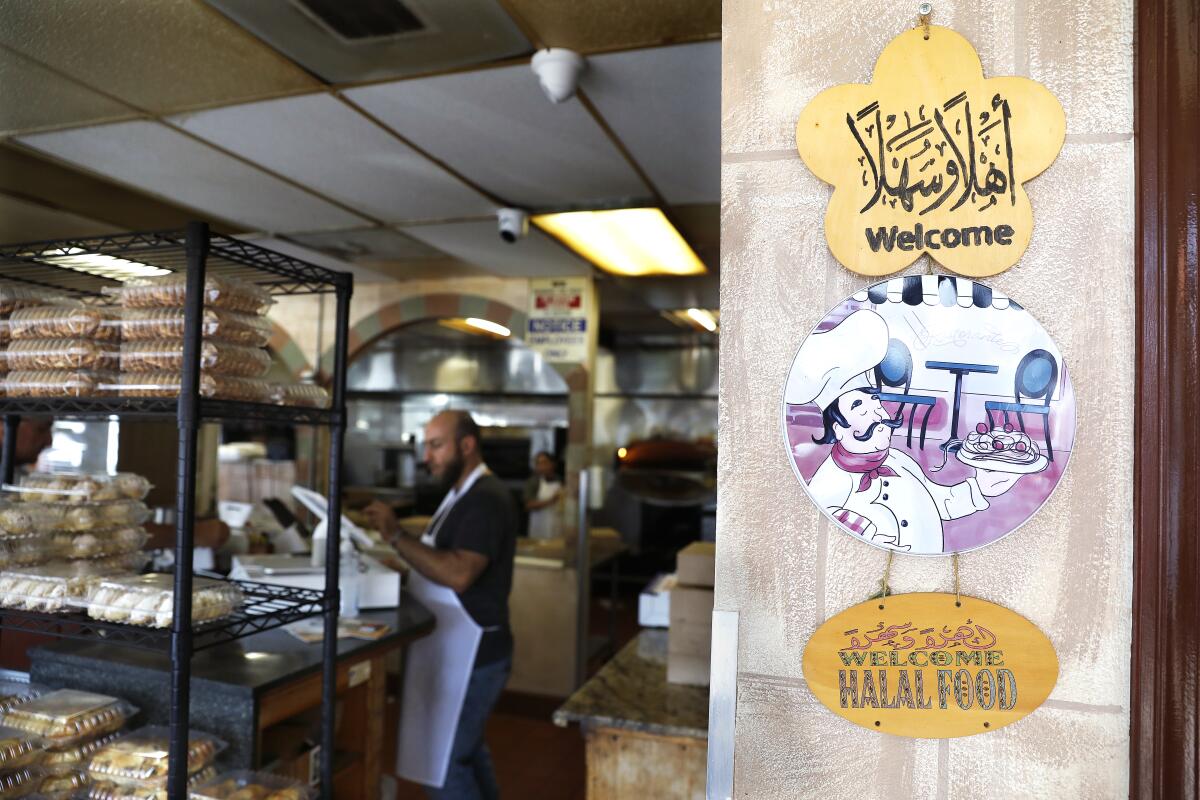
Councilman John F. Moreno, who put the proposal on the agenda, said the intent was “to be inclusive of that recognition of the substantive value of history, culture and place that Little Arabia has for Anaheim. For our city to say, ‘We see you, we’re going to name you and we’re going to be proud to do this’ is critical.”
Before voting in favor of Little Arabia, council members hashed out its boundaries.
Moreno advocated for a 2.5-mile stretch of Brookhurst Street to be designated between Crescent and Katella avenues. They eventually settled on narrower borders between Broadway and Ball Road.
Cries of celebration echoed throughout the council chambers.
“It took a village to make this happen,” said Amin Nash, a research fellow at the Arab American Civic Council. “It took a lot of hands, a lot of organizations and a lot of sacrifice.”
The organization wants to contact CalTrans about erecting a sign on the 5 Freeway.
With the vote, Little Arabia joins other officially designated ethnic enclaves in Orange County, including Koreatown in Garden Grove and Little Saigon in Westminster and Garden Grove.
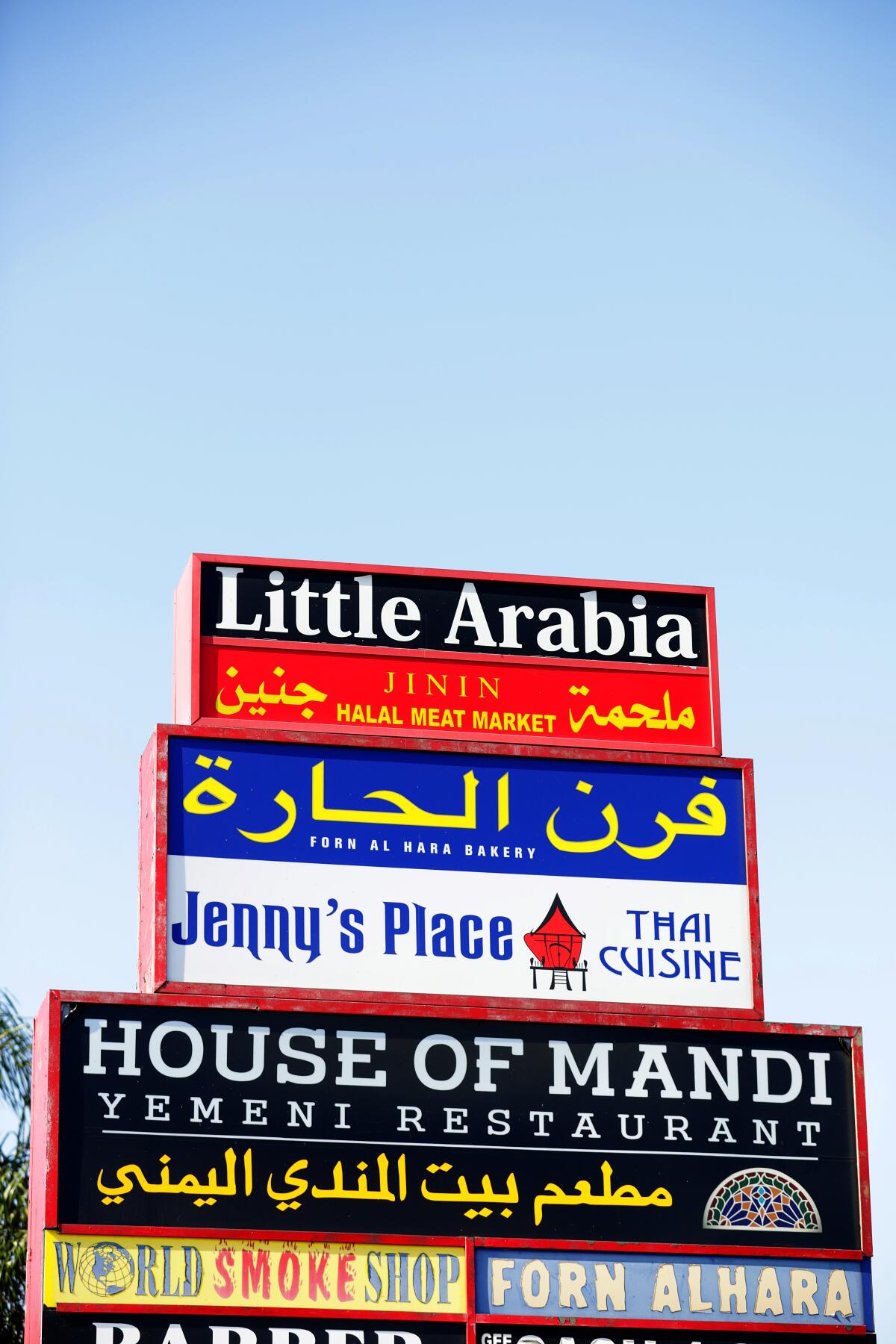
Anaheim may be the first city in the U.S. to recognize a district of Arab-owned businesses, according to the Arab American Civic Council.
Pasquale Di Dodo, owner of the popular Cortina’s Italian Market, now finds his restaurant within the official boundaries of Little Arabia.
“We’ve been there before Little Arabia was a thought,” Di Dodo said of Cortina’s, which opened in 1963. “It would have been nice if they had recognized all the businesses from different ethnicities.”
At the same time, some Arab-owned businesses fall outside the new boundaries.
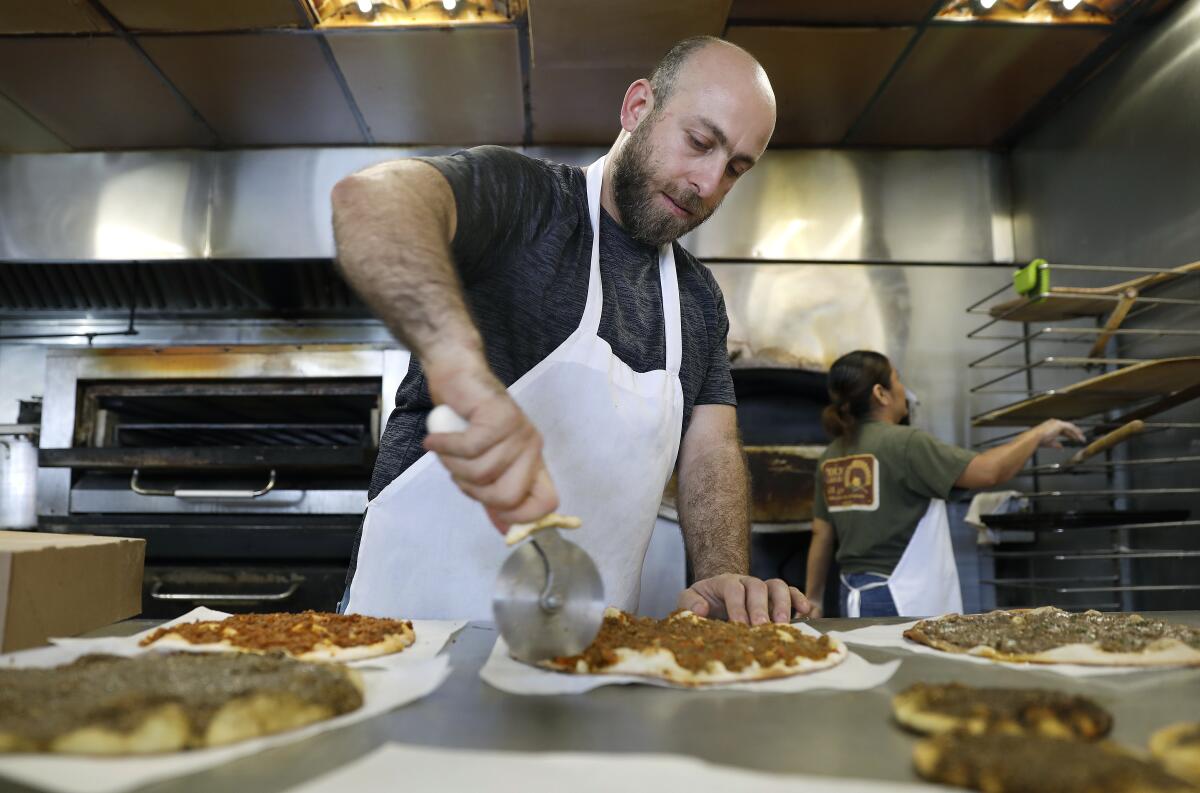
Kareem’s, a Palestinian restaurant established in 1996 by Kareem Hawari’s parents, Mike and Nesrine, is just outside Little Arabia, as is the Altayebat Market, a cornerstone of the area.
The ongoing COVID-19 pandemic and ensuing shutdown have left many restaurants uncertain about their future.
Hawari hopes the city-commissioned study of the area can be used to support an expansion of the boundaries.
Mike Hawari, who died in 2012, believed in the idea of Little Arabia and would have been excited to see it happen.
“For the older businesses that started the whole movement to have Little Arabia recognized, this moment is really humbling to see,” Kareem Hawari said.
More to Read
Sign up for Essential California
The most important California stories and recommendations in your inbox every morning.
You may occasionally receive promotional content from the Los Angeles Times.

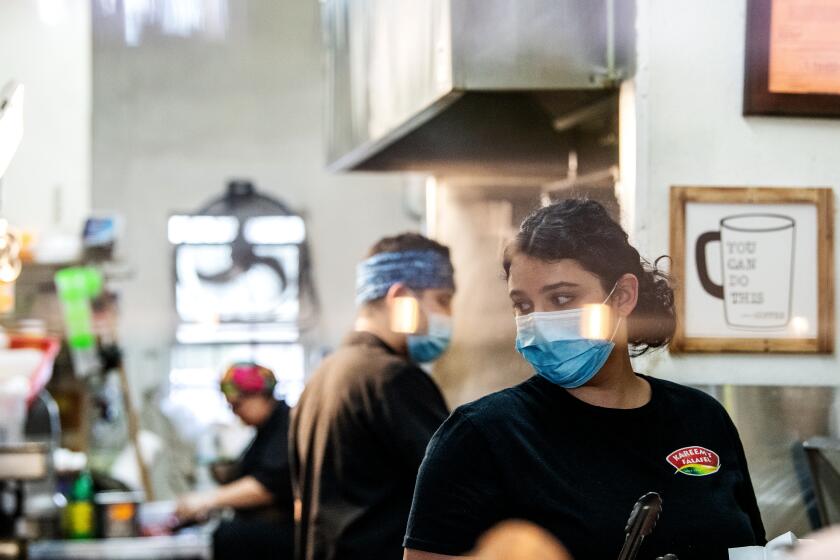


![LOS ANGELES, CA - JUNE 17: [Cody Ma and Misha Sesar share a few dishes from their Persian Restaurant Azizam] on Monday, June 17, 2024 in Los Angeles, CA. (Ethan Benavidez / For The Times)](https://ca-times.brightspotcdn.com/dims4/default/7ffc7f6/2147483647/strip/true/crop/5110x3417+306+0/resize/320x214!/quality/75/?url=https%3A%2F%2Fcalifornia-times-brightspot.s3.amazonaws.com%2F79%2Fdc%2F4d29255545f5b9813315901692bc%2F1459972-fo-azizam-review20-eba.JPG)






